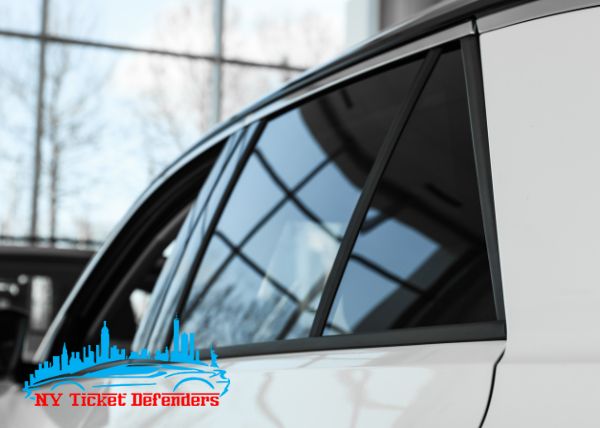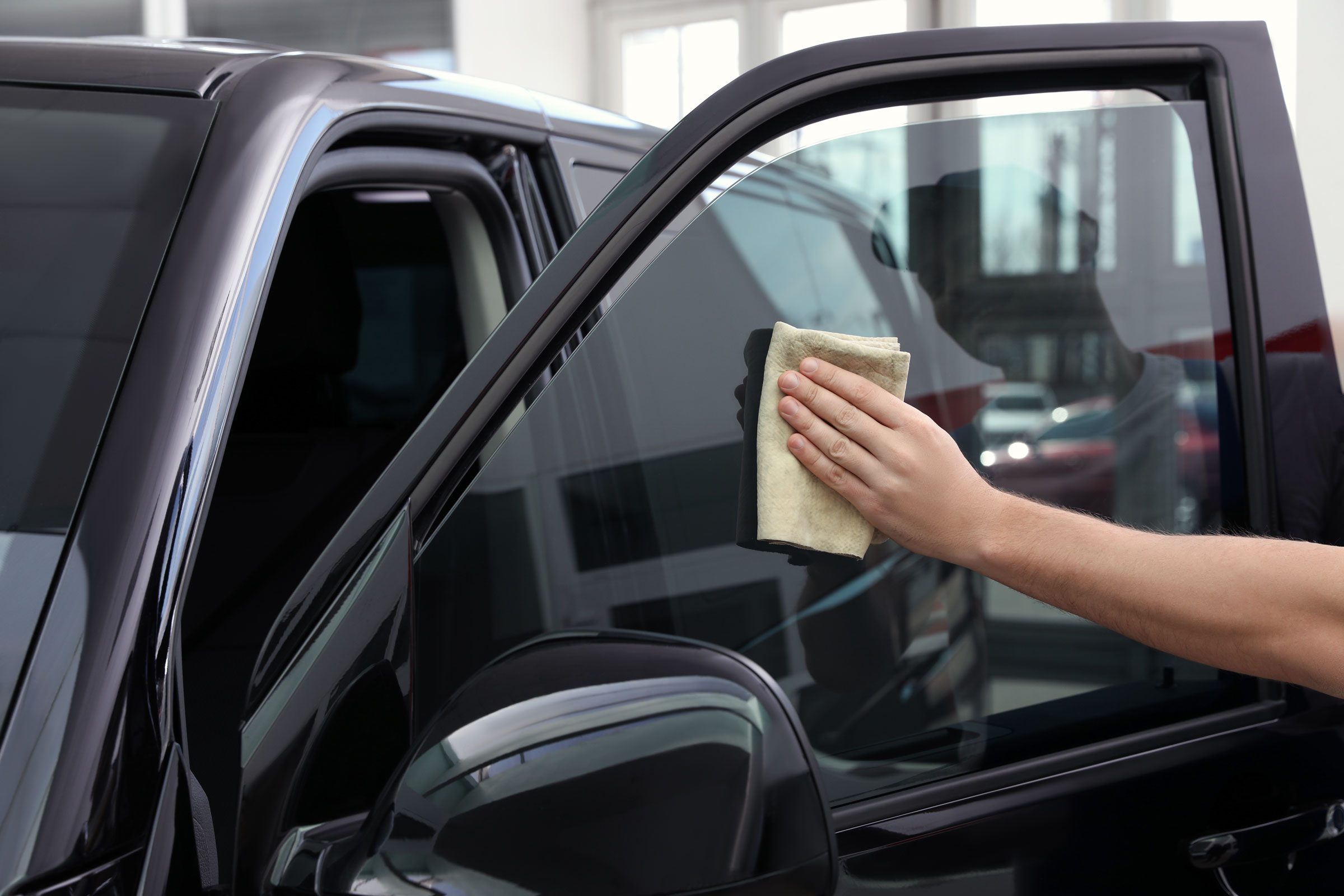Auto Window Tinting: Boost Convenience and Reduce Glow While Driving
Auto Window Tinting: Boost Convenience and Reduce Glow While Driving
Blog Article
Home Window Tinting Laws and Standards: What You Need to Know Before Tinting Your Cars And Truck
Before proceeding with window tinting for your vehicle, it is essential to familiarize yourself with the varied legislations and guidelines that regulate this method across different states. These laws dictate the acceptable degrees of tint darkness, often measured by noticeable light transmission (VLT) percents, and include particular terms for front windscreens intended at guaranteeing roadway safety and security.
Introduction of Window Tinting Regulations
Home window tinting laws are frequently based on variant throughout different jurisdictions, reflecting regional regulations and safety factors to consider. These regulations dictate the allowable degrees of tint darkness and reflectiveness on vehicle home windows, making certain that drivers preserve adequate visibility while likewise protecting against dangerous UV rays and warm.
Most regulations categorize home window tinting based upon the Visible Light Transmission (VLT) percent, which suggests the amount of light that can pass via the window. Usually, lower VLT percentages signify darker colors. Legislations often differentiate between the front, side, and rear windows, with stricter limitations put on the front windscreen to improve safety and security for both the driver and various other roadway users.
Additionally, some territories enforce restrictions on the reflectivity of the tint, stopping excessive glare that might impair exposure. Exemptions to these regulations may exist for people with certain clinical conditions requiring extra sun security. Compliance with window tinting policies is important, as infractions can cause penalties, obligatory removal of the tint, and potential boosts in insurance policy costs. For that reason, it is essential for car proprietors to acquaint themselves with regional laws before waging window tinting installations.
State-by-State Tint Laws
Understanding the specific window tinting regulations in each state is crucial for car owners looking for to adhere to the law. Each state in the U.S. has actually established its very own set of policies regulating home window tinting, which can differ considerably. These guidelines often dictate the allowed levels of color darkness, the kinds of windows that can be tinted, and any kind of clinical exemptions that might apply.
For instance, states like The golden state have strict constraints on tint darkness for front windows, while others, such as New Mexico, may allow darker colors. Additionally, particular states mandate certain presence percentages for various windows, consisting of the windscreen, front side home windows, and back home windows. It is important for auto proprietors to acquaint themselves with their state's legislations to avoid prospective penalties or charges.
In addition, some states might require a certification sticker label to be put on tinted windows, indicating conformity with state laws. Failing to stick to these laws not only takes the chance of lawful repercussions yet can likewise affect security and presence while driving. Automobile owners should conduct complete research study or seek advice from local authorities to ensure full understanding and conformity with state-by-state color guidelines.
Allowed Color Degrees and Types
Lots of car proprietors might be surprised to find out that enabled tint degrees and types differ commonly throughout different states. Each state has actually established its very own laws relating to the permissible darkness and reflectivity of home window color, frequently measured by Visible Light Transmission (VLT) check this percents. VLT refers to the quantity of light that can pass via the tinted home windows; therefore, a reduced percentage suggests a darker color.

Additionally, the sorts of color materials allowed can differ, with some states forbiding metallic or mirror-like coatings. It is crucial for vehicle owners to familiarize themselves with their state's certain legislations to make sure conformity. Non-compliance can cause fines, obligatory elimination of the tint, or various other legal consequences, making it imperative to recognize these guidelines before waging installment.
Medical Exceptions for Tinting
While not all states give allowances for clinical exemptions concerning window tinting, those that do recognize the requirement for certain people to enhance exposure and convenience due to clinical problems. Numerous medical conditions, such as lupus, skin cancer cells, and certain eye problems, can provide individuals especially conscious sunshine. Consequently, these individuals may require darker colors to secure themselves from hazardous UV rays and glow.

It is very important to keep in mind that even with a medical exception, there might still be restrictions on the level of color enabled. Conformity with state laws makes sure that individuals are both protected and within lawful limits. Those thinking about medical exceptions must contact their regional Department of Electric motor Vehicles or equal authority to recognize the procedures and needs essential to obtain an exception effectively.
Penalties for Non-Compliance
Stopping working to abide by home window tinting legislations can cause significant penalties, which vary by state. Police are empowered to release citations for automobiles that do not stick to the specified tinting regulations. These charges top article normally consist of fines, which can vary from small total up to numerous hundred dollars, depending on the extent of the violation and the state concerned.
In some territories, duplicated offenses might cause intensifying fines or additional fines, such as mandatory court looks. Moreover, non-compliance might demand the removal of unlawful tinting, usually at the proprietor's expense. In extreme cases, habitual transgressors may deal with suspension of their lorry registration till compliance is attained.
In addition, insurance ramifications may develop from getting multiple citations for window tint offenses. Insurance companies might check out such violations as a sign of riskier habits, possibly resulting in enhanced costs or trouble in coverage.
To stay clear of these fines, it is vital for lorry owners to familiarize themselves with their local window tinting regulations and ensure that their automobile complies (Window Tinting). This proactive strategy not just prevents legal implications but likewise promotes road safety
Conclusion

The majority of guidelines identify home window tinting based on the Visible Light Transmission (VLT) percent, which shows the quantity of light that can pass via the home window. Conformity with window tinting laws is important, as violations can result in penalties, compulsory elimination of the tint, and possible boosts in insurance premiums.Understanding the details window tinting laws in each state is vital for car owners looking for to conform with the law. These laws frequently dictate the allowable degrees of tint darkness, the types of home windows that can be tinted, and any type of medical exceptions that may use.
For instance, states like The golden state have rigorous limitations on color darkness for front home windows, while others, such as New Mexico, may permit darker colors.
Report this page